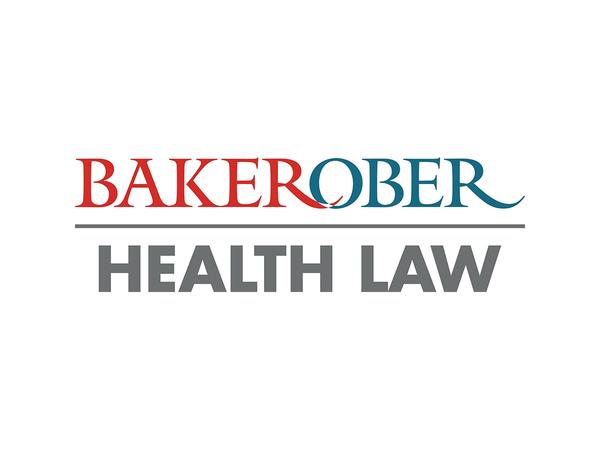Data sharing and interoperability have been key objectives for health care providers, health plans and other industry participants for several years, and the U.S. Department of Health and Human Services' (HHS) Office of the National Coordinator for Health Information Technology (ONC) is poised to further advance these initiatives in 2022. After years of discussion and development, on January 18, 2022, ONC and its Recognized Coordinating Entity (RCE), The Sequoia Project, announced their publication of the Trusted Exchange Framework and the Common Agreement (TEFCA).
TEFCA is an important step toward establishing more ubiquitous access to health data, and, because it is a voluntary framework, early participants may realize certain competitive advantages. As expressed by Mariann Yeager, The Sequoia Project CEO, and Micky Tripathi, the National Coordinator for Health Information Technology, the publication and implementation of TEFCA is expected to mark "the beginning of a new era of electronic health information exchange in the U.S."
Background
"The sharing of electronic health data has historically occurred in regional silos. Although the Health Information Technology for Economic and Clinical Health (HITECH Act) and the 21st Century Cures Act encouraged a rapid expansion in the use of electronic health records and electronic health information exchanges (HIEs), the current environment developed with certain limitations. In particular, because most HIEs operate within a specific state or region, the geographic limitations tend to result in differing or incomplete records for the same patient across multiple exchanges. This is particularly true as Americans continue to relocate throughout the country.
To address these limitations, the 21st Century Cures Act called for ONC to "develop or support a trusted exchange framework, including a common agreement among health information networks nationally." TEFCA aims to facilitate the sharing of health information with the following goals in mind:
What is TEFCA?

TEFCA includes two components: the Trusted Exchange Framework and the Common Agreement. The Trusted Exchange Framework is a set of non-binding principles concerning standardization; openness and transparency, cooperation and non-discrimination; privacy, security and safety; access; equity; and public health. The framework is intended to encourage the exchange of data among health information networks.
In addition, the Common Agreement is a form of agreement developed pursuant to Section 4003 of the 21st Century Cures Act to be entered by The Sequoia Project as RCE and each qualified health information network (QHIN). The agreement establishes key infrastructure and governance requirements, which will help users in different networks exchange clinical information. It is intended that each QHIN would then execute consistent policies within their individual networks.
What is a QHIN?
A qualified health information network is, like an HIE, a network of organizations working together to share data. However, the structure is intended to operate at a national scale and to encourage nationwide interoperability.
Each network will include:
- the QHIN, which provides connectivity broker services;
- participants, which may include health information networks, EHR vendors and others; and
- end users, such as health care providers, who are using the services of a participant to send or receive health data.
A QHIN may interact and exchange information with other QHINs, under the supervision of the RCE.
Each network will be subject to the QHIN Technical Framework (QTF), which establishes the criteria for eligibility to serve as a QHIN and sets forth the functional and technical specifications QHINs must meet in order to support connection to the exchange. ONC is also continuing to work with The Sequoia Project to form a TEFCA HL7 Fast Healthcare Interoperability Resource Roadmap to establish how the HL7 FHIR standard of interoperability will be implemented in all ONC-certified electronic health record systems.
Next Steps for Industry Participants
Health information networks will soon be able to apply for QHIN status, and health care providers, health plans and other industry participants should be prepared for the proliferation of QHINs and enhanced interoperability and data sharing. The national application of a unified health information network has the potential to enhance patient care, simplify medical records for providers and increase patient access to a more comprehensive view of their health information.
However, enhanced interoperability will also present new challenges, including the need to develop processes to align with updated QHIN participation requirements and to enhance privacy and security practices based on the availability of substantially more information. Organizations should also be prepared to facilitate broader access for individuals, in line with the current information blocking regulations.
The Sequoia Project has scheduled a series of public webinars regarding TEFCA benefits, the application and review process, and QHIN eligibility and onboarding, as well as a monthly informational call, the next of which will occur on February 15, 2022 at 12:00 p.m. ET.









